Few private homes in Ireland have histories as rich as that of Blackwater Castle, in Co Cork. Part of that past is catalogued in the Book of Fermoy, or Book of Roche, a 15th-century manuscript, written over 200 years, that is now housed in the Royal Irish Academy, in Dublin. It documents the Roche family from Fermoy, successive generations of whom called Blackwater Castle home from 1100 to 1666.
It’s difficult to know where to start with a historic property dating back almost 1,000 years, so chronological order makes most sense.
This has been done by the Nordstrom family, and the castle’s current chatelaine Sheila O’Keefe, wife to Patrick Nordstrom, who has spent considerable time documenting its past since their family purchased the pile on 65 acres in 1991, after it had been run as a 10-bedroom hotel.
Flint scatter found in the 1990s – now housed in the National Museum of Ireland – dating from 8,000-10,000 years ago, confirm the grounds had humans here in the Mesolithic period.
10 of the best new shows to watch in April: including Netflix medical drama and two AppleTV+ releases
MobLand review: Pierce Brosnan’s Irish accent is a horror for the ages. Forget licence to kill, this is more Darby O’Gill
Steve Wall: ‘When Bono was offered the medal, I tweeted: Surely he won’t accept that. I didn’t know he already had’
‘It is so expensive in Dublin we decided to rent’: Swedish embassy returns to capital
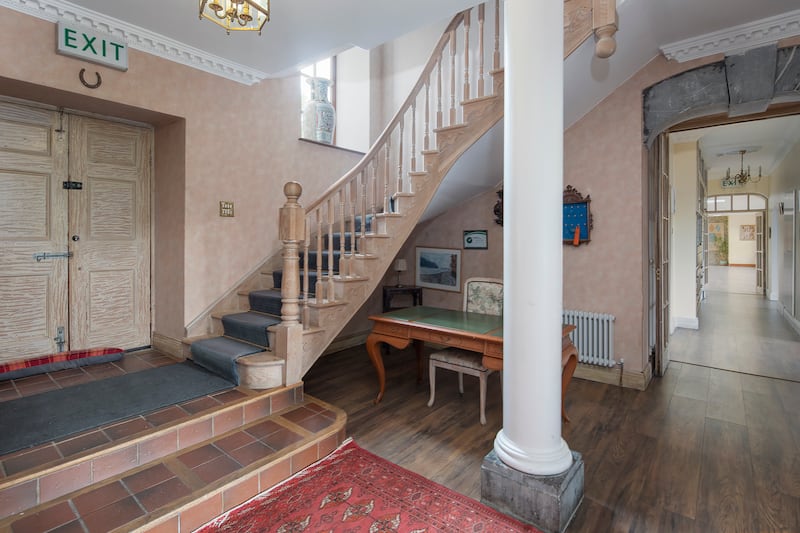
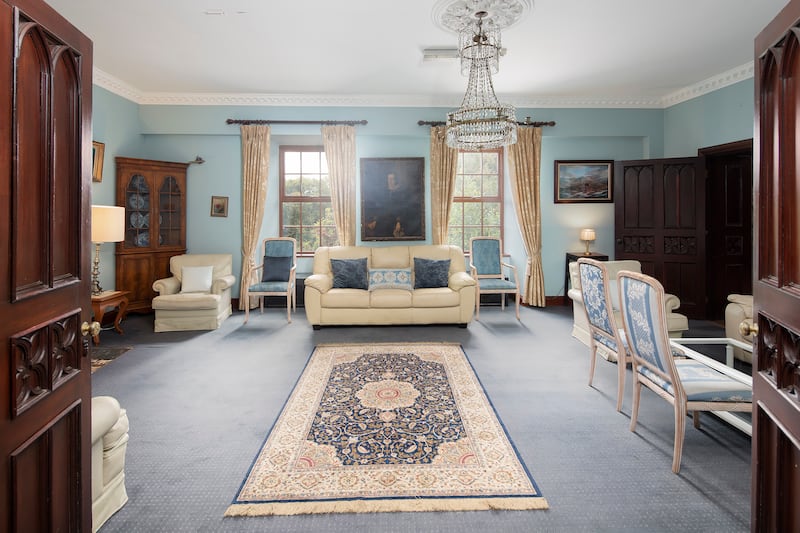
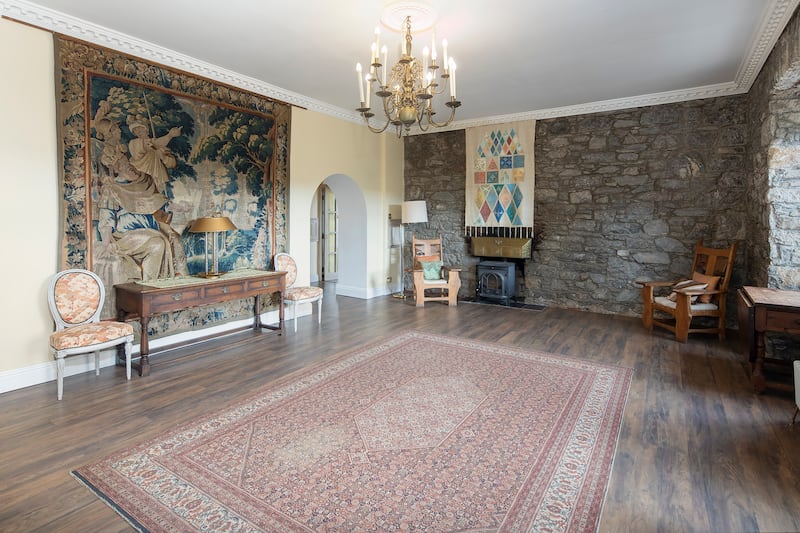
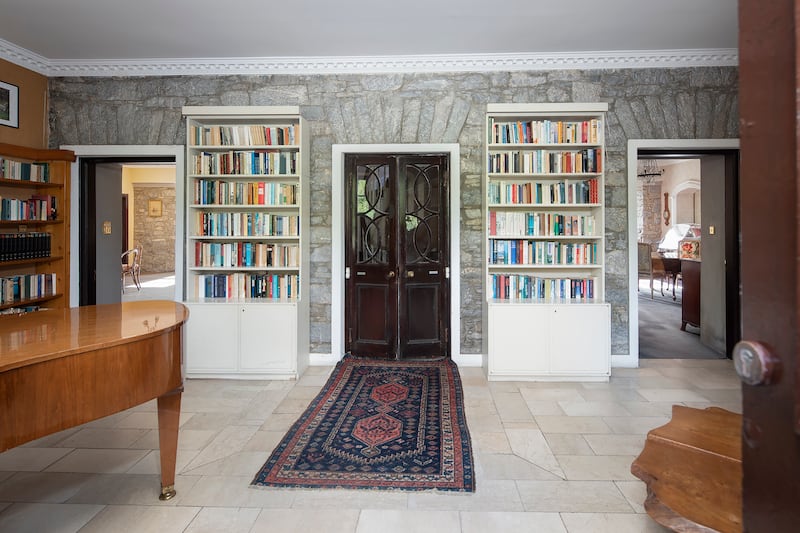

Add the jawbone from a woman excavated from caves on the riverbank from the Neolithic era and Bronze-Age copper axes – now housed in the Ashmolean Museum in Oxford – and already the keep has tangible elements from every era going back 10,000 years.
Trackways constructed in the Iron Age, best viewed from aerial maps, link the property – which stands on a 70ft tall promontory overlooking the river Awbeg – with that of Ardpatrick in Co Limerick, along a 20km track via the mountains of Ballyhoura.
St Patrick was known to have visited Ardpatrick, where he was said to have founded a monastery, and the fact that the castle has a well from that time devoted to Ireland’s patron saint – which supplies all the drinking water to the castle – means there is a good chance he visited Blackwater too.
From this early-Christian period are “female power elements which are very significant to us,” says O’Keefe, of the Sheela-na-gig carving which was originally discovered when Ireland was surveyed in the 19th century.
These figurative limestone carvings of naked women with an exaggerated vulva – the best of which is in the Round Tower at Rattoo in Co Kerry – may have been used to fight off death and demons, and are also considered to be fertility symbols representing a pagan goddess.
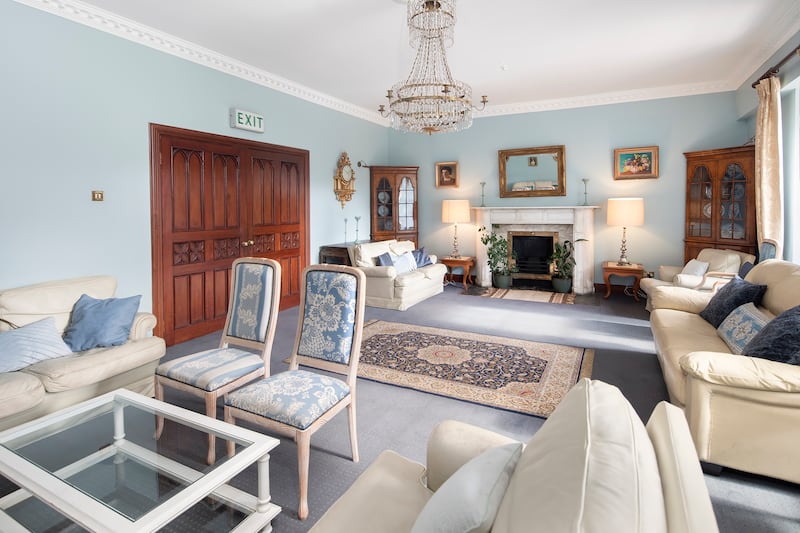
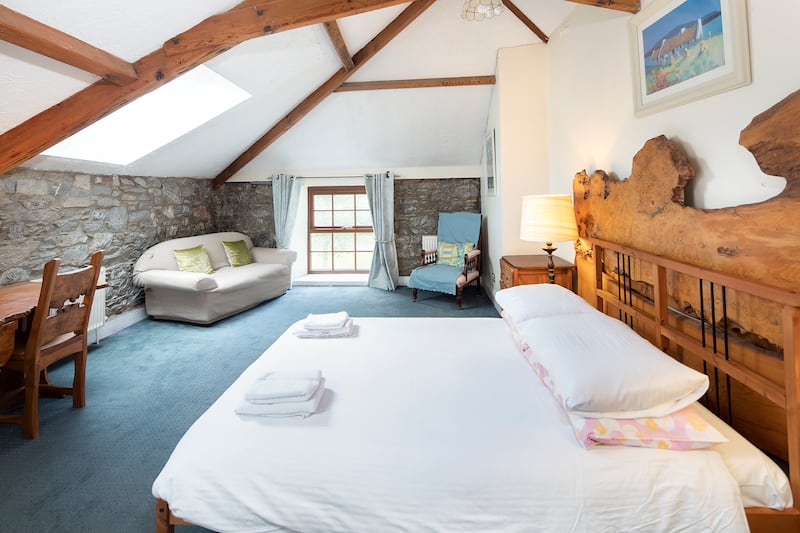
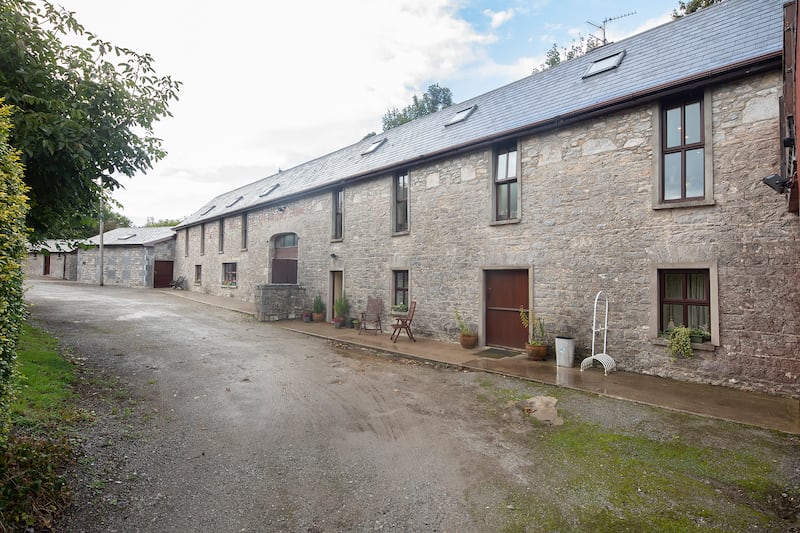
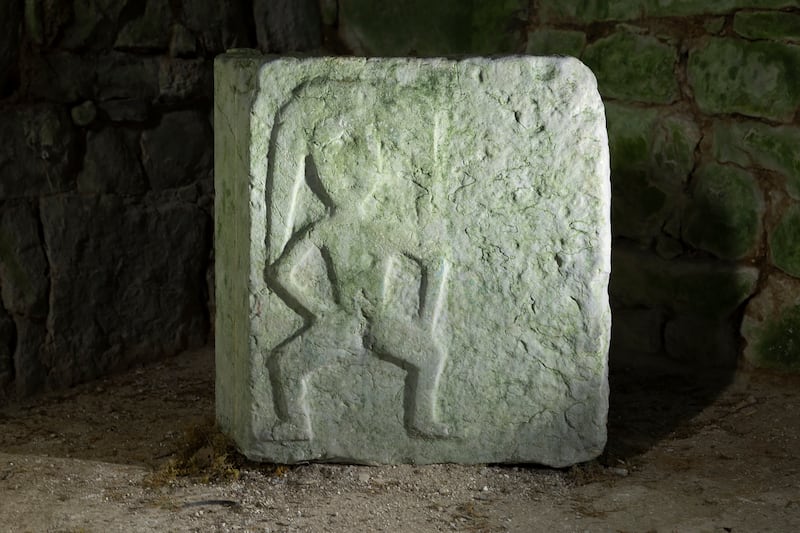
Academics, however, are still divided on their origin.
“We still have people coming here looking for a nudge in that department,” says O’Keefe on their links to fertility.
O’Keefe has written a book, The Mystery of the Sheela na Gig, aimed at younger readers, on the history of Ireland through the prism of north Cork, leading them on adventures in the tower of Blackwater Castle.
And in the entrance of the tower at Blackwater (from circa 1400) is an original murder hole, where rocks and all kinds of rubble would

have been thrown down to maim enemies.

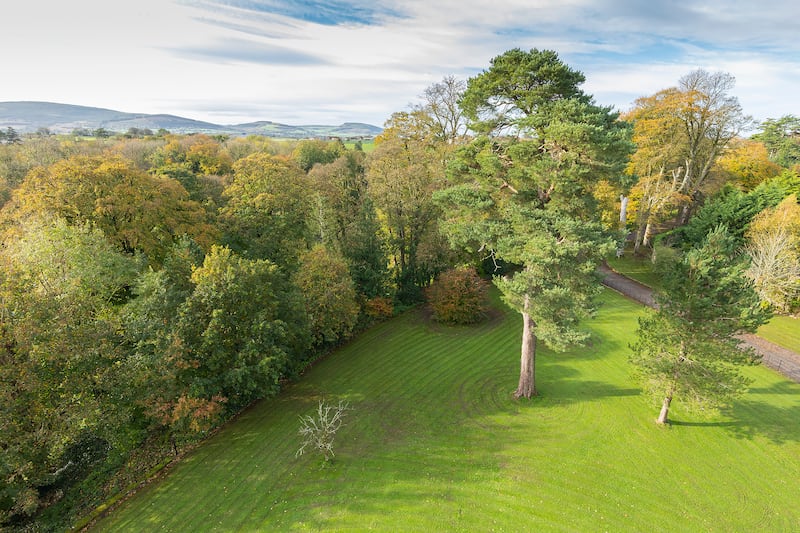
Walter Raleigh came knocking in 1580, and while he did not take the castle – as the family had the foresight to invite him in for dinner – it marked the start of downfall of the Roches, for though they were loyal to the crown, they remained Catholics.
Cromwell did his best to capture the castle in the winter of 1649, but was defeated by Lady Roche, whose husband was imprisoned at the time.
But by 1666, it was inhabited by Col John Widenham, who was granted the estate by Cromwell, and it remained in the Widenham family for 300 years until 1963 when it was purchased by Lord and Lady Cotter and was subsequently run as a small hotel until the Nordstrom family bought the pile in 1991.
They began to generate an income by letting it out for exclusive rentals: “There were 10 bedrooms in the castle but we changed it to nine suites and then developed the courtyard, where we now live,” says O’Keefe.
Extending to 890sq m (9,579sq ft), its location on an elevated promontory 70ft above the river is indicative of its defensive strength, but there is also a tranquil air from views to the surrounding 65 acres of gardens, parkland and native – mostly old oak – woodland.
An orchard with old medlars, Mirabelle plums, apples and pears has now been supplemented with a restored kitchen garden, and the entire estate has a no-mow policy – with the exception of the lawn directly surrounding the keep – in order to welcome all native flora and fauna.
“The property enjoys double-bank fishing rights – it is a rarity these days to have both sides of the bank – and its amenity value is amazing, between fishing, ancient woodlands walks and lots of space for hacking,” says Roseanne De Vere Hunt of Sherry FitzGerald Country Homes, who is handling the sale of this slice of Irish history, seeking €2 million.













